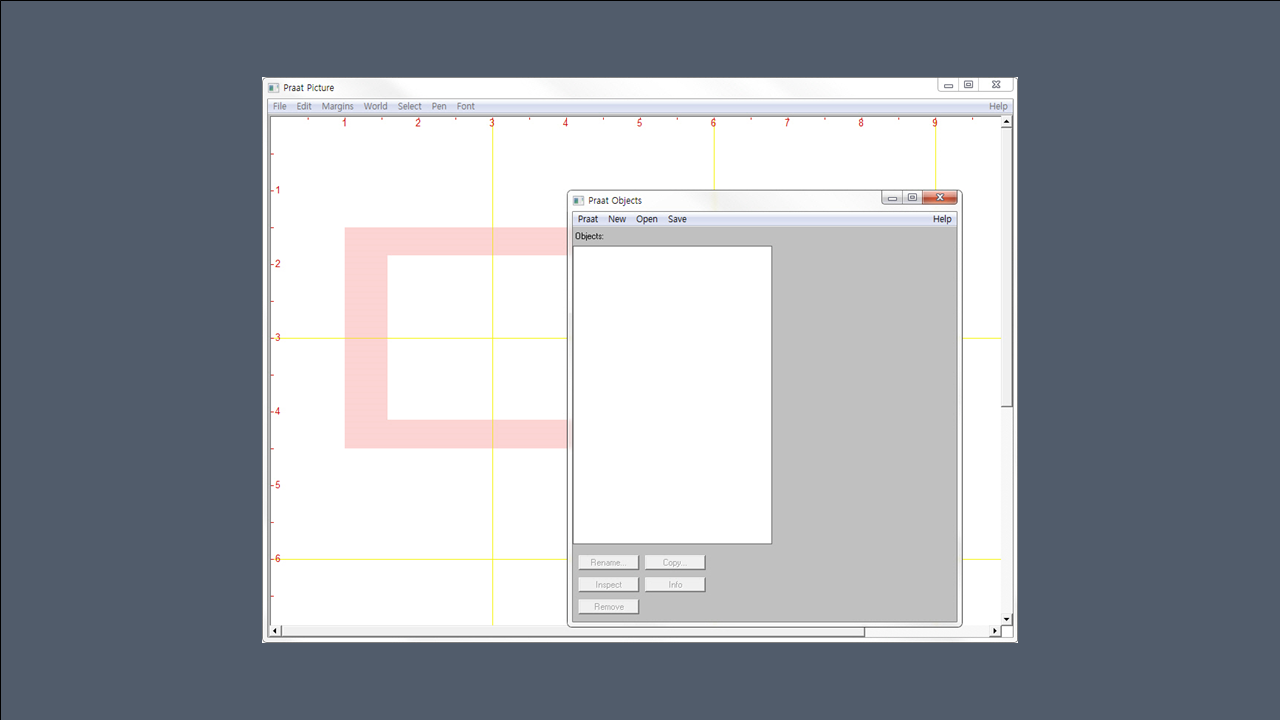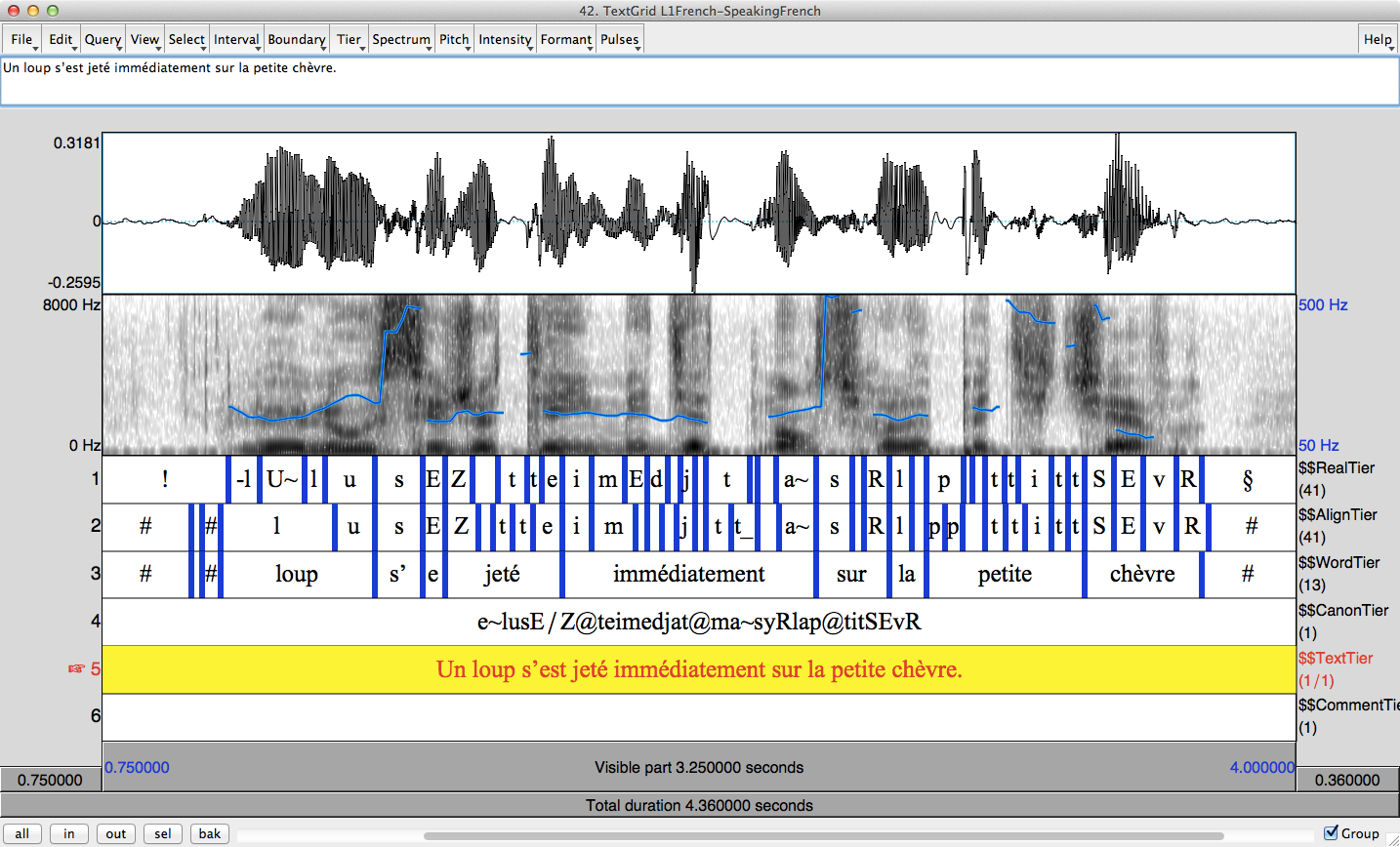
Therefore, this study explored how L2 learners process fine-grained L2 verb semantics in the domain of caused motion (placement) and specifically the impact of having similar vs. In contrast, studies of online comprehension show more mixed results. Second language (L2) learners experience challenges when word meanings differ across L1 and L2, and often display crosslinguistic influence (CLI) in speech production. Overall, the present study contributes towards understanding the consequences of different types of listening environments on the functioning of low-level perceptual processes that listeners use during speech perception. This suggests that, when confronted with coherently degraded signals, listeners adapt to challenging listening situations, eliminating the difference between rate-dependent perception in clear and degraded conditions. However, in Experiment 2, which compared rate effects when contexts and targets were coherent in terms of signal quality, no reduction of the rate effect was found. This prediction was borne out for both types of degradation in Experiment 1, where the context sentences but not the subsequent target words were degraded. We hypothesized that signal degradation would reduce the precision of encoding the speech rate in the context and thereby reduce the rate effect relative to a clear context.

Specifically, we tested effects of white noise and reverberation, with the latter specifically distorting temporal information. Therefore, we asked whether rate-dependent perception would be (partially) compromised by signal degradation relative to a clear listening condition. However, speech perception often occurs in more challenging listening conditions. This rate effect, often referred to as “rate-dependent speech perception,” has been suggested to be the result of a robust, low-level perceptual process, typically examined in quiet laboratory settings. That is, following a fast context sentence, listeners interpret a given target sound as longer than following a slow context, and vice versa. Temporal contrasts in speech are perceived relative to the speech rate of the surrounding context. The DIMA, which is currently standardized in several languages, could become a reference tool for international studies. However, to be used in the clinic, the DIMA-fr must now be validated in patients.

The DIMA-fr is thus the first standardized French battery of tests to specifically assess language during the perioperative period of awake glioma surgery. We thus stratified the norms into four different groups: (i) 18-69 years-old with Baccalauréat (Bac, the French High School Diploma) (n = 246) (ii) 18-69 years-old without Bac (n = 70) (iii) >70 years-old with Bac (n = 48) (iv) >70 years-old without Bac (n = 27). Our results demonstrated that age and level of education had an effect on the performance of all subtests but not sex.

Normative data were computed as means, medians, standard deviations and percentiles. The effects of sex, age and level of education were determined by analysis of variance (ANOVA). The 14 subtasks of the DIMA-fr were then administered to 391 participants recruited from the general French population. Our aim was to establish normative data for the DIMA-fr, a French version of the DIMA-nl. The Dutch Diagnostic Instrument for Mild Aphasia (DIMA-nl) is a standardized battery recently created for evaluating the language performance of patients during the perioperative period of glioma surgery.


 0 kommentar(er)
0 kommentar(er)
